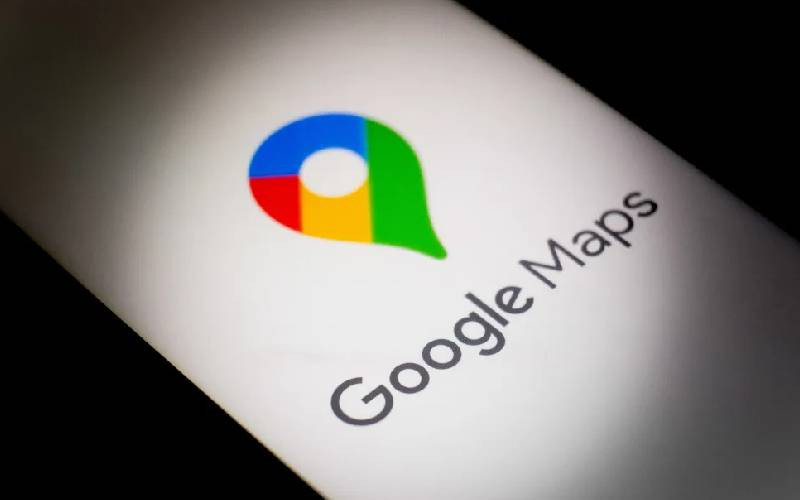 Many Kenyans are staying home as State directives to curb the spread of the coronavirus disease take root, a study by Google Maps shows.
Many Kenyans are staying home as State directives to curb the spread of the coronavirus disease take root, a study by Google Maps shows.
The survey, Community Mobility Reports, tracks movement trends during a certain period of time across different places, such as retail spaces, recreational centres, groceries and pharmacies, parks, transit stations, workplaces and residential areas.
According to Google Maps, the study aims to provide insight into what has changed after policies aimed at combating Covid-19 were adopted.
It showed that movements into places of work have reduced by 22 per cent compared to the period before positive cases of coronavirus were announced.
This means that most Kenyans are no longer going to offices.
Google made its calculations based on data from users who have opted in on the ‘Location History’ platform in their Google account using their mobile phones.
Mobility trends
The report revealed that the mobility trends for places like restaurants, cafés, shopping centres, theme parks, museums, libraries and movie theatres reduced by 45 per cent.
Mobility trends for places like public transport hubs, such as bus and train stations, have also reduced by 39 per cent.
This was followed by mobility trends for places like grocery markets, food warehouses, speciality food shops, drug stores and pharmacies, which have reduced by 33 per cent.
Mobility trends for places like national parks, public beaches, plazas and public gardens dropped by 20 per cent.
“Google prepared the report to help you and public health officials understand responses to social distancing guidance related to Covid-19,” reads part of the report.
However, Google has warned that the report should not be used for medical diagnostic purposes.
The internet giant also said the survey is not intended to be used for guidance on personal travel plans.
“Location accuracy and the understanding of categorised places varies from region to region. It’s not recommended to use the data to compare changes between countries, or between regions with different characteristics, for instance, rural versus urban areas,” the survey reads.
Stay informed. Subscribe to our newsletter
According to Google, the data included in the calculations depends on user settings, connectivity and whether it meets the privacy threshold.
“If the privacy threshold isn’t met, we don’t show a change for the day. We include categories that are useful to social distancing efforts as well as access to essential service,” the survey further asserts.
“As with all samples, this data may or may not represent the exact behaviour of a wider population.”
Small and medium-sized businesses have been among the hardest hit by the pandemic as customers stay home. The government’s quarantine orders and stay-at-home directives have also hit shopping malls, markets and restaurants.
 The Standard Group Plc is a
multi-media organization with investments in media platforms spanning newspaper
print operations, television, radio broadcasting, digital and online services. The
Standard Group is recognized as a leading multi-media house in Kenya with a key
influence in matters of national and international interest.
The Standard Group Plc is a
multi-media organization with investments in media platforms spanning newspaper
print operations, television, radio broadcasting, digital and online services. The
Standard Group is recognized as a leading multi-media house in Kenya with a key
influence in matters of national and international interest.
 The Standard Group Plc is a
multi-media organization with investments in media platforms spanning newspaper
print operations, television, radio broadcasting, digital and online services. The
Standard Group is recognized as a leading multi-media house in Kenya with a key
influence in matters of national and international interest.
The Standard Group Plc is a
multi-media organization with investments in media platforms spanning newspaper
print operations, television, radio broadcasting, digital and online services. The
Standard Group is recognized as a leading multi-media house in Kenya with a key
influence in matters of national and international interest.

 Many Kenyans are staying home as State directives to curb the spread of the coronavirus disease take root, a study by Google Maps shows.
Many Kenyans are staying home as State directives to curb the spread of the coronavirus disease take root, a study by Google Maps shows.







